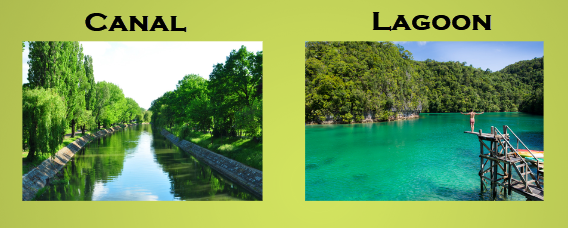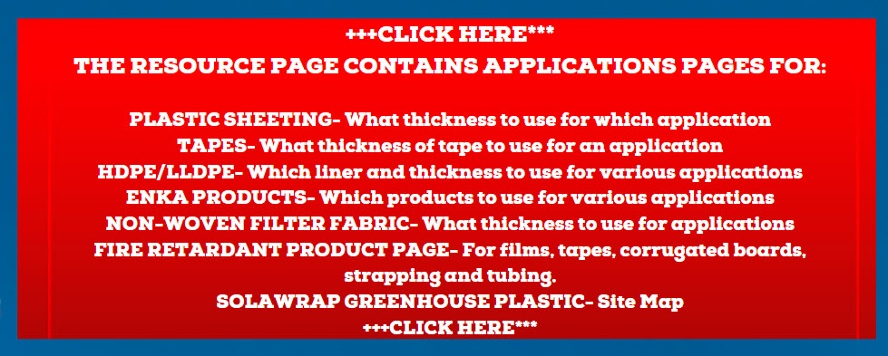Thicker or Thinner? Liner Choices for Lagoons and Drainage Canals

When it comes to containment solutions for liquid applications, selecting the appropriate liner thickness is a crucial decision. Two common applications that require liners are lagoons and drainage canals, and the choice of liner thickness can vary significantly between these two. In this blog, we'll explore why lagoon liners typically require a thicker liner than drainage canals and provide additional insights into making the right choice for your specific needs.
Understanding Lagoon Liners
Lagoons serve a multitude of purposes, from wastewater treatment to containment of hazardous materials and even ornamental ponds in landscaping. What sets lagoons apart is their size and capacity to hold liquids for an extended period. This extended exposure to liquids and the environment requires lagoon liners to be more robust and durable.
Here are some key reasons why lagoon liners are often thicker:
-
Durability: Lagoon liners need to withstand prolonged exposure to various environmental factors. They may be subjected to temperature fluctuations, UV radiation, and the potential for punctures from vegetation or wildlife. A thicker liner provides enhanced durability against these stresses.
-
Puncture Resistance: Lagoons are often larger and more exposed to external factors that can lead to punctures. A thicker liner is better equipped to resist punctures, ensuring the integrity of the containment system.
-
Liquid Retention: Lagoons are designed to retain liquids for extended periods. A thicker liner minimizes the risk of leakage or seepage, which is particularly critical for applications like wastewater treatment.
Exploring Drainage Canal Liners
In contrast to lagoons, drainage canals serve a specific purpose: efficiently moving water from one location to another. Drainage canals tend to be shallower and narrower than lagoons and do not hold hazardous materials for an extended period. Therefore, they may not require the same level of liner thickness.
Here's why drainage canal liners may have a thinner profile:
-
Primary Function: Drainage canals are primarily designed to transport water, not to store it for extended periods. This means they experience less exposure to potentially damaging environmental factors and do not need the same level of puncture resistance as lagoons.
-
Cost-Effectiveness: Thicker liners are generally more expensive than thinner ones. For drainage canals, where prolonged liquid retention isn't a primary concern, a thinner liner can provide cost-effective containment.
-
Environmental Impact: Thinner liners typically use fewer materials, which can reduce the environmental footprint of the containment system.
Making the Right Choice
When selecting a liner thickness for your project, consider the following steps:
-
Assess Your Needs: Evaluate the specific requirements of your application. Consider factors such as the type of liquid or material being contained, the potential for punctures or abrasions, and the expected environmental conditions.
-
Consult Experts: Liner specialists or engineers experienced in containment systems can provide valuable insights and recommendations tailored to your project's unique needs.
-
Cost-Benefit Analysis: Weigh the benefits of a thicker liner against the project's budget. Sometimes, a slightly thicker liner can offer significant advantages in terms of longevity and durability.
In conclusion, the choice of liner thickness between lagoon liners and drainage canal liners is driven by the specific demands of each application. Lagoons, with their extended exposure and capacity for hazardous materials, often require thicker liners. Drainage canals, with their primary function of water movement, can often make do with thinner liners, providing a cost-effective solution. Regardless of your choice, careful assessment and expert consultation are key to ensuring an effective and long-lasting containment system for your project.



